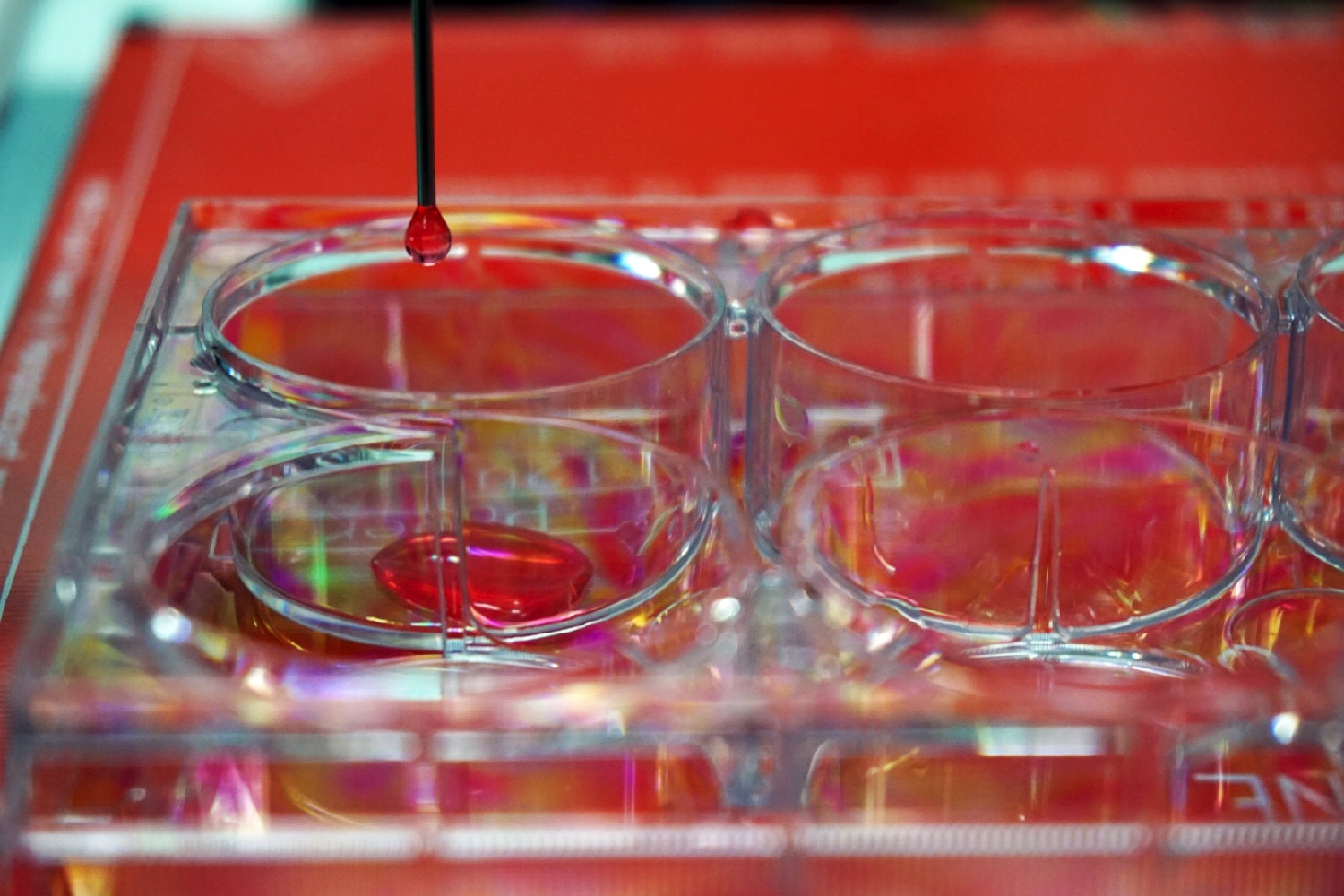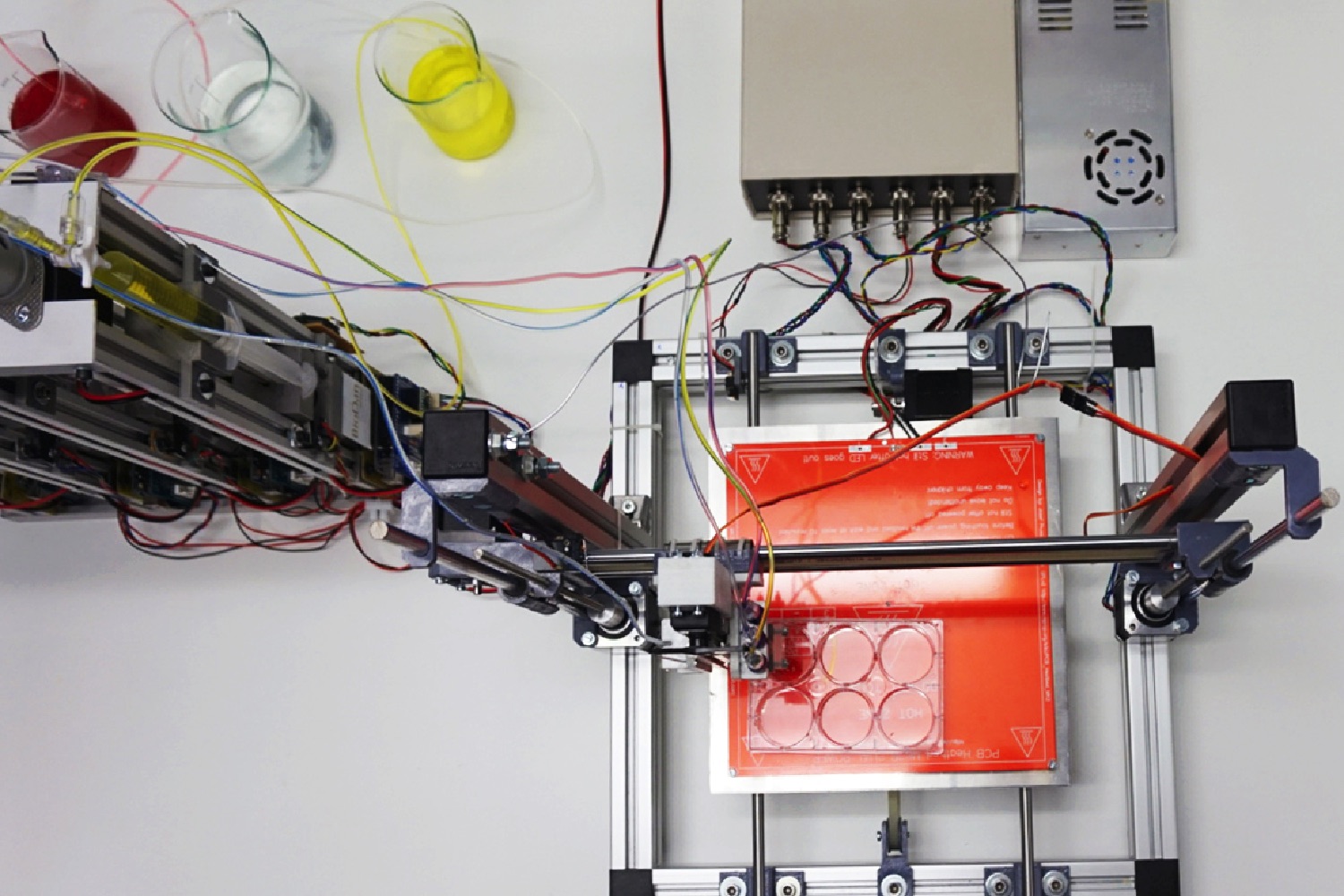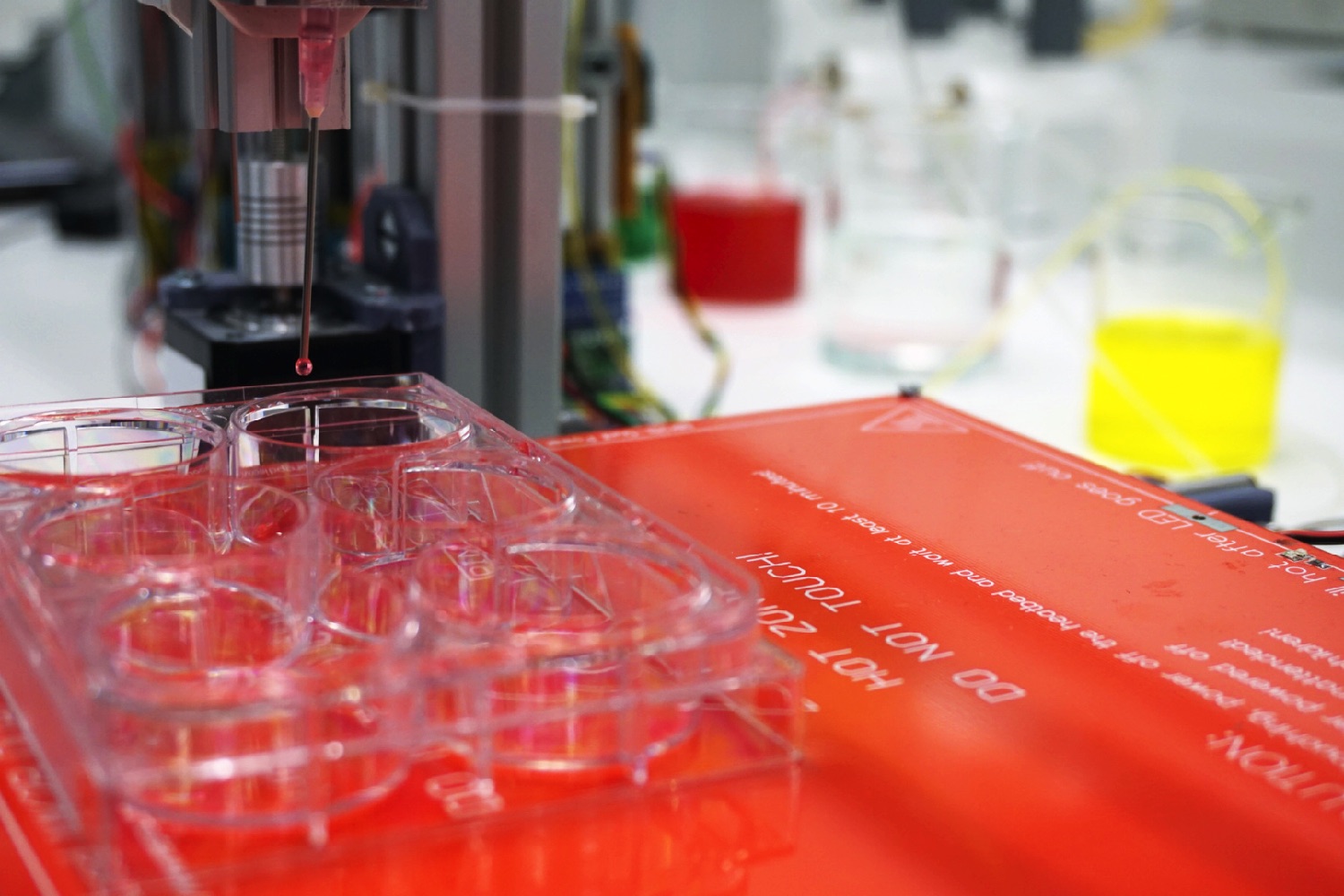One such project is being carried out by investigators in Spain, who recently presented a prototype for a 3D bioprinter capable of mass-producing human skin. This bioink-based “skin” replicates the structure of actual human skin — complete with the same layer of epidermis to act as protection against the environment, with a thicker, deeper dermis that produces the collagen to give the skin its elasticity and strength.
“What we’ve done is to standardize and automatize the production of human skin through the technology of 3D printing,” José Luis Jorcano, professor of Bioengineering and Aerospace Engineering at Universidad Carlos III de Madrid, told Digital Trends. “Over the past 15 years, we’ve been developing a method to produce large surfaces of human skin starting from cells that we isolate from a small biopsy of one patient. This approach takes that work forward. It was natural for us to embrace bioprinting for the purpose of producing human skin, since up until now we’ve had to do this production manually.”
There are two main possible applications for the 3D-printed skin.
“The main application in the short term will be testing new compounds,” Professor Jorcano continued. “In many fields, they can no longer use animals for testing, such as in cosmetics. There is also the problem that, besides the ethical issue, in fields like pharmaceuticals the data that you gather cannot always be extrapolated to humans. As a result, what is needed are so-called ‘human scenarios’ that are as similar to human tissue as possible.”
Longer-term, it is hoped that the skin could also be used to create skin transplants for burn patients or those individuals with severe skin problems. To reach that point, it needs to the necessary approvals from regulatory agencies, which it is currently undergoing.
Watch this space.







